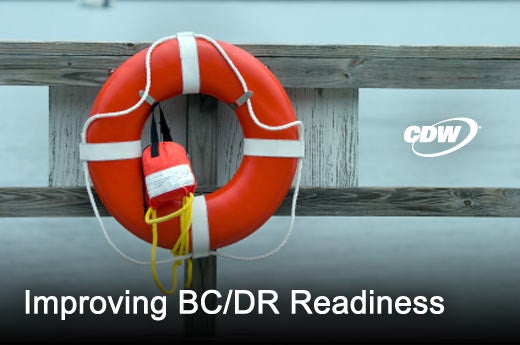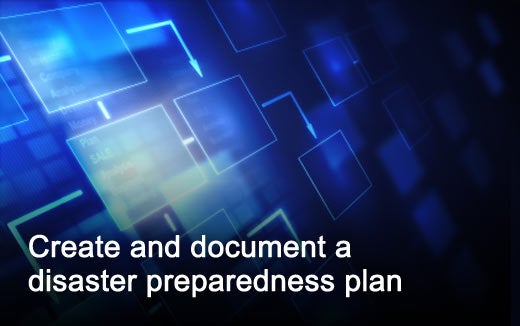The data and communications network is the foundation of most businesses today; damage it, and the business is temporarily crippled – or worse. Most businesses take measures to protect themselves from a network outage but still face disruptions for myriad reasons – loss of power, loss of telecom services, cybersecurity attacks, natural disasters, and more.
CDW surveyed 200 IT managers at medium and large businesses that experienced a significant network disruption in the past 12 months, to examine how these disruptions affected their businesses. They asked about the business impact of the disruptions and what, if anything, the company was doing to improve their continuity of operations as a result of their experience.
Most responding businesses (82 percent) report that, before their disruptions, they were confident their IT resources were prepared to support local business operations effectively in the event of a disruption. In contrast, 97 percent said their businesses suffered detrimental effects from network disruptions over the past year.
CDW found that, regardless of how confident businesses were that they could avoid or mitigate a significant disruption, 25 percent of U.S. businesses invited to take the survey (small, medium, and large) experienced a network disruption of four hours or more within the last 12 months. CDW estimates that such network outages cost U.S. businesses approximately $1.7 billion in lost profits last year, based on the average number of days that respondents’ businesses were closed due to network disruptions and the average U.S. businesses profits per day.
Finally, the survey demonstrated that 82 percent of the most significant network disruptions U.S. businesses experience could be reduced or avoided by implementing measures included in any comprehensive business continuity/disaster recovery plan.
This slideshow highlights CDW’s recommendations for improving BC/DR readiness.
Click through for recommendations from CDW on improving network resilience.
Work with leaders of each functional area to understand the prospective cost and repercussions of losing each category of data and application, and set priorities based on importance of operations.
Back up frequently, and consider upgrading to systems that reduce backup cycle times and reduce risk of loss.
Add uninterruptible power supplies for critical servers, network connections and select computers, to keep essential functions running.
Document configuration diagrams of hardware, software and network connections to be used in recovery, including logistical details, travel requirements and activation/spending authority.
Identify all positions critical to continuity of operations and ensure they are trained and equipped to telework, even if they do not telework on a regular basis.
Include redundant connections to cover against spot outages, as well as alternatives (e.g., wireless or satellite phones, wireless data cards) for use during larger telecom outages. Secure adequate network bandwidth to support any increase in remote access during emergencies.
Activate complete business continuity plans at least once every 12 months to ensure that personnel and network systems are prepared. Capture results and update plans based on identified challenges. Conduct power outage tests more than once a year to ensure that equipment is adequate and always ready.










